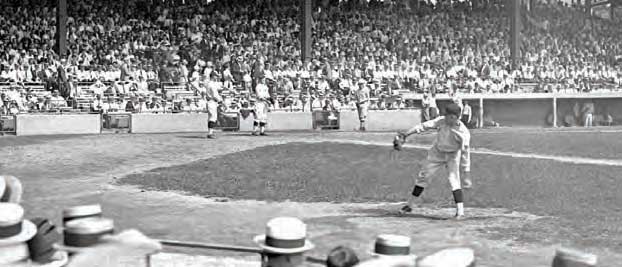
Again we have watched Baseball’s World Series. Even if the outcome was not what we wished it is still a great event.
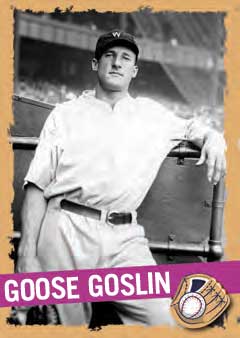 Many years ago one of the most amazing games in the series was played. In 1924 the World Series between the New York Giants and the Washington Senators was tied after six games. Griffith stadium in Washington was packed for the final game on October 10, 1924. They came to the ninth inning with the game score tied at three runs each. New York was put down in order and Washington came to bat. The home team fans screamed for one lone run, which would win the series and the world championship. The first two men made outs and it looked like extra innings. Then a player named Leon “Goose” Goslin came to the plate.
Many years ago one of the most amazing games in the series was played. In 1924 the World Series between the New York Giants and the Washington Senators was tied after six games. Griffith stadium in Washington was packed for the final game on October 10, 1924. They came to the ninth inning with the game score tied at three runs each. New York was put down in order and Washington came to bat. The home team fans screamed for one lone run, which would win the series and the world championship. The first two men made outs and it looked like extra innings. Then a player named Leon “Goose” Goslin came to the plate.
Two strikes were called and then two balls. The crowd was watching every pitch. On the fifth pitch, Goslin stepped into the ball and slammed it to left-center field. The crowd became delirious; it looked like a home run, but it hit inches below the top of the wall and fell back into the field of play.
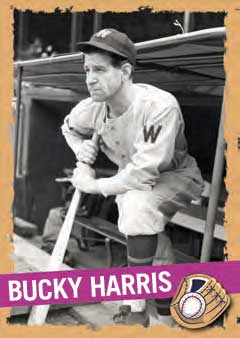 Goslin was slowing down for a triple when the third base coach waved him on to try for an in-park home run. The shortstop took the peg from left-center, and fired the ball to the catcher. Goslin slid into home in a cloud of dust, seemingly a split second before the tag. The catcher followed the routine of throwing the ball around the bases, just in case, while waiting for the umpire to make the call. The umpire made a delayed call, consulting the other umpires, and then cried, “You’re out!”
Goslin was slowing down for a triple when the third base coach waved him on to try for an in-park home run. The shortstop took the peg from left-center, and fired the ball to the catcher. Goslin slid into home in a cloud of dust, seemingly a split second before the tag. The catcher followed the routine of throwing the ball around the bases, just in case, while waiting for the umpire to make the call. The umpire made a delayed call, consulting the other umpires, and then cried, “You’re out!”
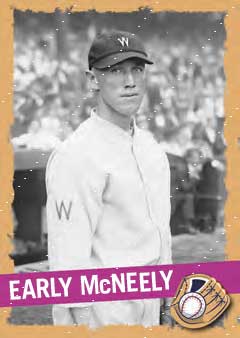
Washington player/manager, Bucky Harris, along with his team and fans, rushed onto the field, protesting the call. The umpire secured order, and announced, “Ladies and gentlemen, the batter is out because he didn’t touch first base!”
The game went into extra innings and in the bottom of the twelfth inning, Early McNeely hit an infield ground ball, which should have been an easy out but took a bad bounce over the third baseman’s glove into left field. That was enough to score Washington catcher Ruel from third base with the winning run. This was the first world championship Washington won and it was on, what some would call, an unearned run.
 A 20th Century evangelist named Angel Martinez used this story in his sermon, “Play Ball.” First Base represented salvation, Second Base, baptism and church membership, Third Base was Christian service and Home Plate stood for heaven. In his sermon’s conclusion, Martinez, building upon the 1924 Series even said “you can be baptized and join the church and do many good works but if you miss the first base of salvation, you too, will be called out at the home plate of heaven.
A 20th Century evangelist named Angel Martinez used this story in his sermon, “Play Ball.” First Base represented salvation, Second Base, baptism and church membership, Third Base was Christian service and Home Plate stood for heaven. In his sermon’s conclusion, Martinez, building upon the 1924 Series even said “you can be baptized and join the church and do many good works but if you miss the first base of salvation, you too, will be called out at the home plate of heaven.
The Bible describes first base in Ephesians 2:8-9, “For by grace you have been saved through faith, and that not of yourselves; it is the gift of God, not of works, lest anyone should boast.” Revelation 3:20 says, “Behold I stand at the door and knock. If anyone hears My voice and opens the door, I will come in to him… .” This gift is freely offered to us by the Lord. Have you received it yet? All the other bases in life are important but if we miss first base it matters for nothing. Let me say again we’ll never make heaven if we skip salvation.
Which base are you on today?
Till Next Time, Don Johnson, Kirby Pines Chaplain

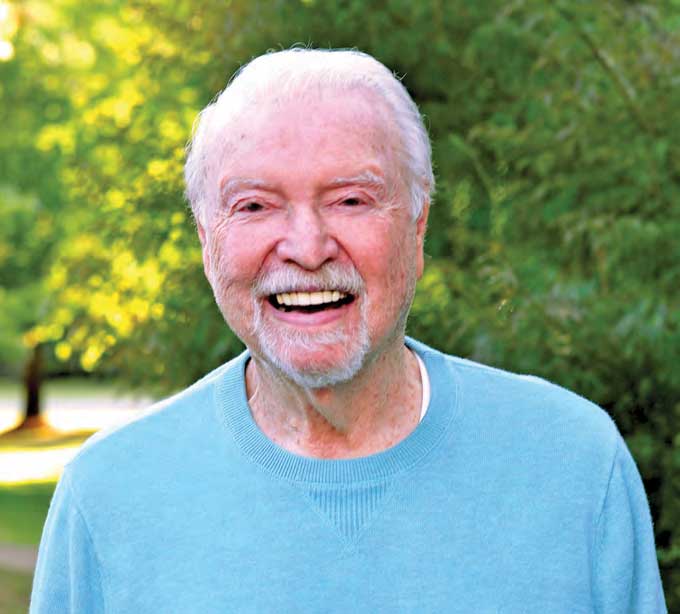


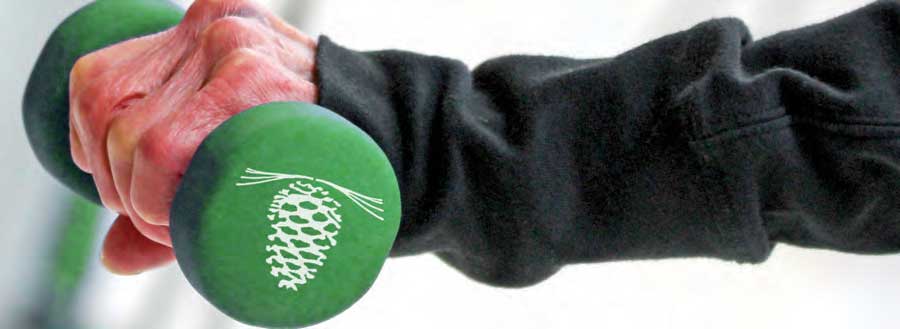
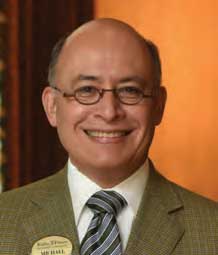 Michael Escamilla,
Michael Escamilla,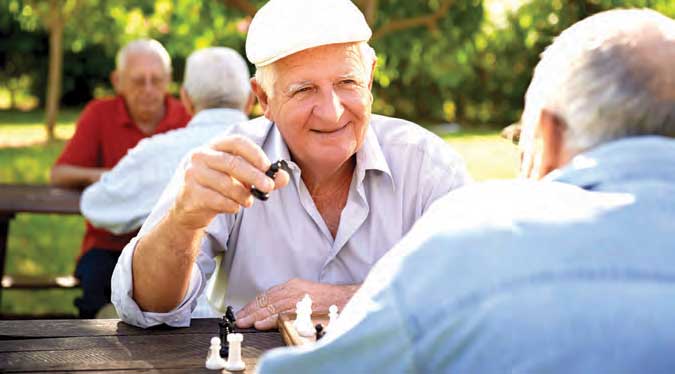
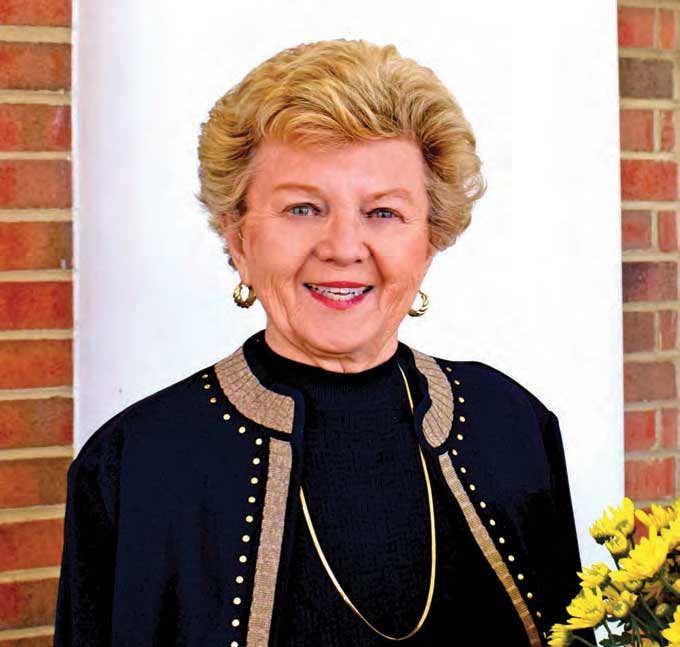
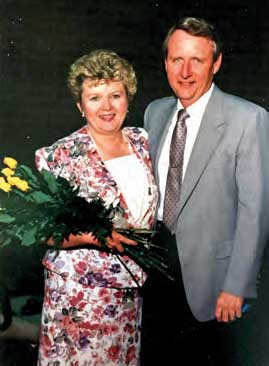
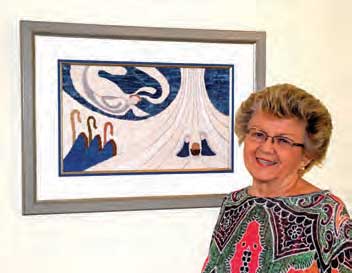

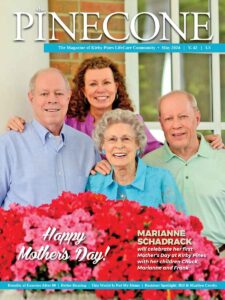

 © 2024 Kirby Pines LifeCare Community. All Rights Reserved |
© 2024 Kirby Pines LifeCare Community. All Rights Reserved | 